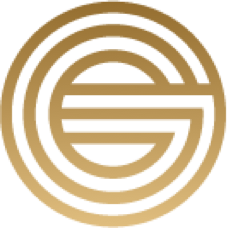How does laser skin resurfacing work?
Laser skin resurfacing is a sophisticated cosmetic procedure that uses focused laser energy to remove damaged skin layers and stimulate the production of new, healthy skin cells. The treatment precisely targets specific skin concerns by emitting controlled pulses of light that penetrate the skin's surface, promoting the regeneration of collagen and elastin, which are essential for a youthful complexion.
Age spot removal
Age spots, also known as sunspots, are areas of hyperpigmentation caused by sun exposure and aging. Laser skin resurfacing targets these pigmented areas by breaking down the excess melanin within the skin. The laser energy is absorbed by the melanin, causing it to fragment and be gradually removed by the body's natural healing process. Over time, this leads to a more even skin tone, with age spots becoming significantly lighter or disappearing altogether.
Acne scar treatment
Acne scars are often the result of severe acne that damages the underlying skin tissue. Laser skin resurfacing treats acne scars by removing the outer layer of damaged skin and stimulating collagen production in the deeper layers. The laser creates microscopic wounds in the skin, which prompts the body's natural healing response. As new collagen forms, the skin gradually becomes smoother, and the appearance of acne scars diminishes.
Skin tightening
As we age, the skin loses its elasticity and firmness due to a decrease in collagen and elastin production. Laser skin resurfacing addresses this by using laser energy to heat the deeper layers of the skin, stimulating collagen and elastin production. This helps to tighten the skin and reduce the appearance of wrinkles and fine lines. The increased collagen also improves skin texture and tone, giving the skin a more youthful, rejuvenated appearance.








